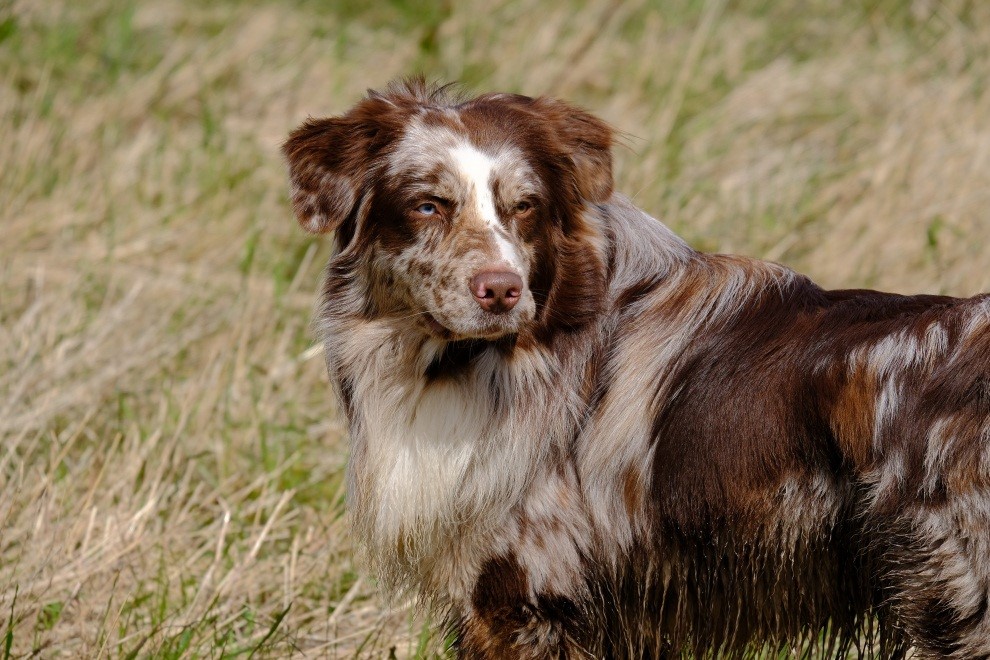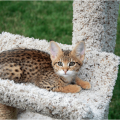It’s always very exciting once a new member of the family arrives especially when it’s as cute and cuddly as a young puppy! However, first time dog owners aren’t usually aware of how challenging the first few days can be especially when bringing home a young pup.
If you want to avoid getting frustrated and exhausted once your new pup arrives, it’s better to plan ahead of time and prepare your house for him/ her. You will need to puppy – proof your home in order to provide a hazard – free environment for your young pup. You’ll need just a few hours to make your house safe once your pet arrives; puppy – proofing will set the tone for you and your pup’s relationship, and will create a proper introduction to the family as well.
In addition to puppy – proofing your house, you need to also prepare the basic supplies that your puppy will need at least a few days before its scheduled arrival. You’ll also need to prepare yourself because working with puppies can be quite exhausting as well. Having the right attitude and a plan especially when it comes to feeding/ exercise/ grooming/ training schedules etc. will help you get things in order and save you time. The key is to enjoy the caring process, be extra patient, and just love them for who they are.
Before bringing your puppy home, it’s important that basic supplies are already prepared because this will make your puppy feel safe. Make sure to ask the breeder/ previous owner as to what kind of diet the puppy was raised in, if the pup has any special requirements, habits etc. Basic supplies include the following:
- A guide book on how to care for Border Collie pups (by reading this book, you already have this covered!)
- Ask your breeder if the puppy already began training, if so, then make sure to continue the training to avoid confusion with the already established commands.
- Dog crate. It must be at least twice as large as the current size of your pup.
- Bedding Material. It’s best that you buy quality bedding that can’t be easily destroyed. Make sure it’s washable because it’ll be prone to your pup’s litter.
- Puppy Collar. A woven or materials made out of soft fabric is preferred. Make sure that the collar you buy has a buckle fastener so that you can fit your puppy’s neck without it being too loose or tight. A good measurement is if you can easily insert your 2 fingers between the collar and your pup’s neck.
- Quality lead. This is a must especially when you take your pup out for a walk. It’s highly recommended that you buy a retractable type of lead to make the dog easier to handle.
- ID Tag. This will serve as an identification if ever your puppy gets lost. Make sure to put it on their collar and include your contact details so that your puppy can be easily returned to you. This is a must even if your dog is already micro – chipped.
- Grooming Supplies. The things you’ll need for grooming will depend if your pet’s coat is longhaired or shorthaired. Make sure to ask the breeder regarding what age can you start trimming your pup’s coat. Usually, you need to wait until the puppy is already 10 months old. Ask your vet or breeder about it.
- Puppy Toys. This is a must both for pups and even dogs. Toys will keep dog boredom at bay and it’ll keep them occupied if you aren’t available to play with them. The toys should preferably be plastic and doesn’t become a choking hazard. If your puppy is happy with his/ her toys, he/ she will refrain from chewing household items or furniture.
- Good quality of puppy food. Make sure to have this ready once your pup arrives. You need to ask your breeder as to what kind of diet your pup has and try to continue that by buying the same brand or offering the same amount. If you want to change their diet, make sure to do it in a gradual way so as not to upset your pup’s stomach. What you can do is to combine the old diet with the new so that transition is gradual. Let your pup adjust to the new diet to prevent diarrhea.
- Plastic/ Stainless Food and Water Bowl. Since pups are quite active animals, you need to make sure that you buy a food/ water bowl that can’t be easily tipped over. Make sure to replenish clean water 2 times a day. Some keepers use automatic feeders but it’s just optional.
- Baby Gates. If you want to confine your pup in one area then purchasing baby gates is very ideal. This will prevent your curious pup in accessing restricted areas around the house.
- Spray – on No – Chew products. This will come in handy if your pet is fond of chewing one of your furniture or any potentially hazardous material.






 Author and long-time animal lover. Sharing knowledge on pet care through experience and the written word.
Author and long-time animal lover. Sharing knowledge on pet care through experience and the written word. 